Search results for 'de 100 dias de'
-
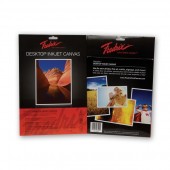
Fredrix Inkjet Canvas Pack
Starting at: £16.90
Call to Order
-
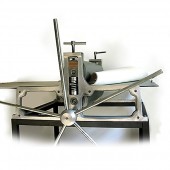
Cornelissen T73140 Professional Press
£3,800.00 -
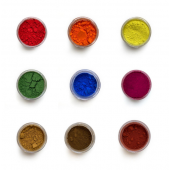
Small, 15ml Pigment sizes
Starting at: £4.00
-
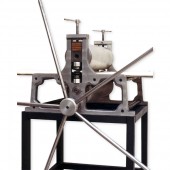
Cornelissen T52100 Professional Press
£3,250.00 -
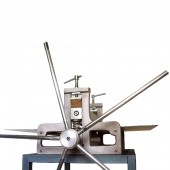
Cornelissen T52100B Professional Press
£2,150.00
-
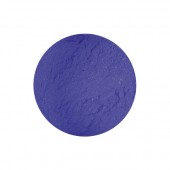
Smalt Dark Pigment
Starting at: £5.30
-
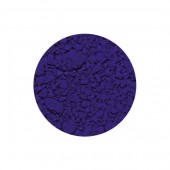
Ultramarine Blue Limewash Pigment
Starting at: £6.30
-
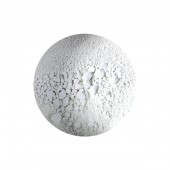
Titanium White Pigment
Starting at: £4.00
-
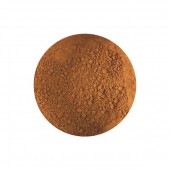
Burnt Sienna Pigment
Starting at: £4.00
-
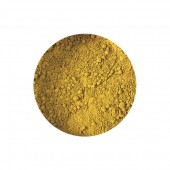
Raw Sienna Pigment
Starting at: £4.00
-
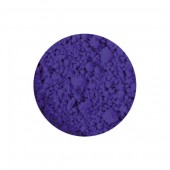
Ultramarine Blue Dark Pigment
Starting at: £4.00
-
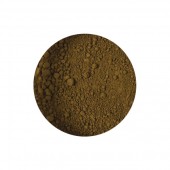
Raw Umber Pigment
Starting at: £4.00
-
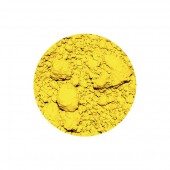
Cobalt Yellow Pigment
Starting at: £8.80
-
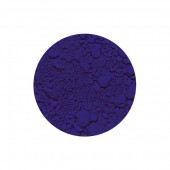
Ultramarine Blue Light Pigment
Starting at: £6.00
-
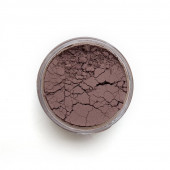
Caput Mortuum Pigment
Starting at: £4.50
-
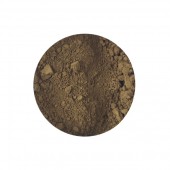
Burnt Umber Pigment
Starting at: £4.00
-
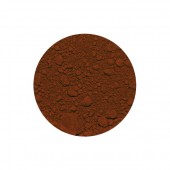
Red Ochre Pigment
Starting at: £4.00
-
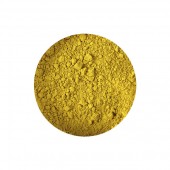
Yellow Ochre Pigment
Starting at: £4.00
-
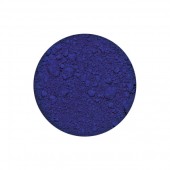
Oriental Blue Pigment
Starting at: £5.40
-
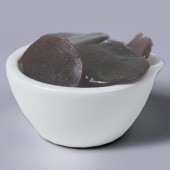
Button Shellac
Starting at: £8.40
-
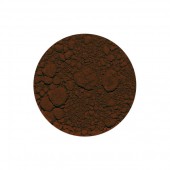
Mars Violet Pigment
Starting at: £4.50
-
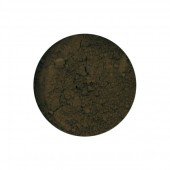
Raw Umber Greenish Pigment
Starting at: £4.80
-
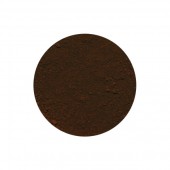
Indian Red Pigment
Starting at: £4.60
-
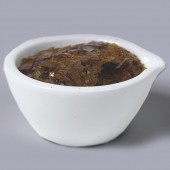
Lemon Shellac
Starting at: £8.20
-
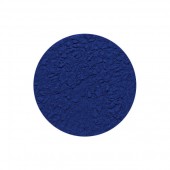
Ultramarine PB29 Pigment
Starting at: £9.10
-
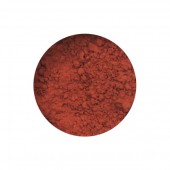
Venetian Red Pigment
Starting at: £4.60
-
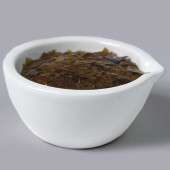
Orange Shellac
Starting at: £8.00
-
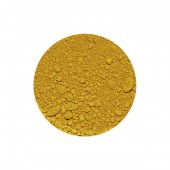
Mars Yellow Pigment
Starting at: £4.50
-
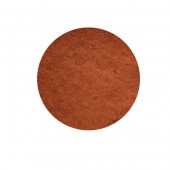
Burnt Green Earth Pigment
Starting at: £8.00
-
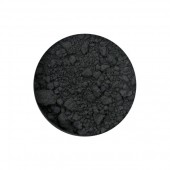
Lamp Black Pigment
Starting at: £6.70




